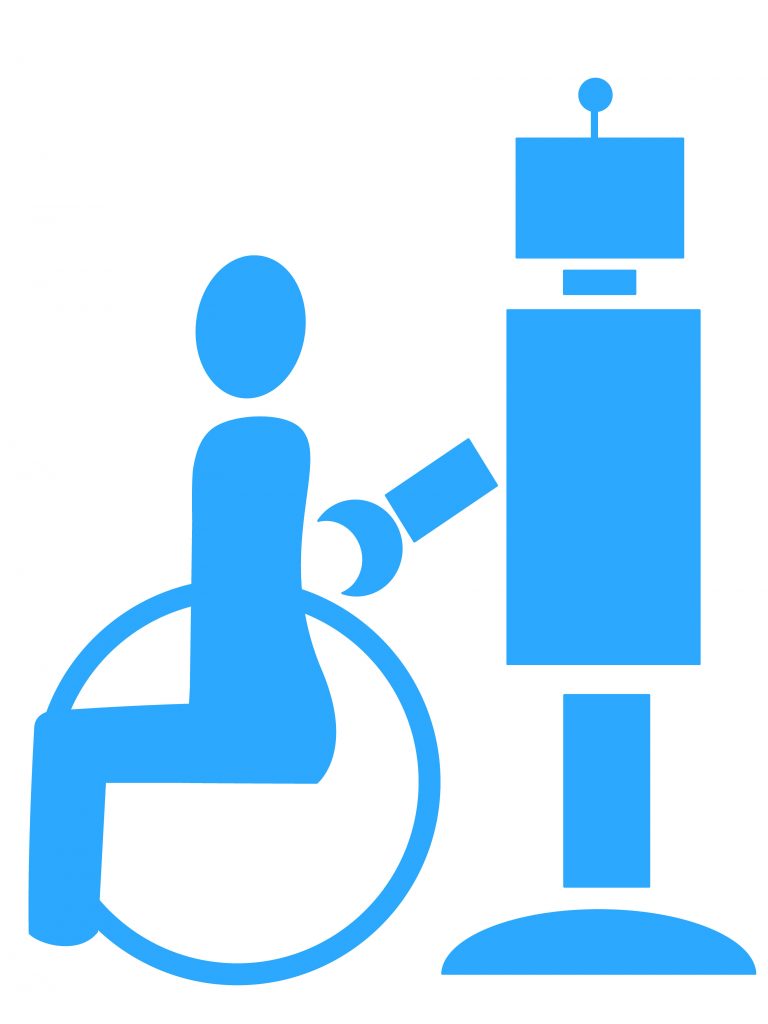 iStock/shin28
iStock/shin28
Scientists and engineers are exploring technological solutions to place inside people’s homes to solve challenges associated with rising healthcare needs and an aging population. This trend in technology is known informally as smart living. The technologies being investigated may hold a promising future for the elderly population, allowing people to continue to live inside their homes while aging. However, when novel devices are introduced to support aging in place, designs often fail to consider the struggles older individuals face in their everyday lives. Excluding such considerations means continuing to develop technologies that do not truly serve the needs of older adults. Earth is projected to be home to 9.3 billion people by 2050, 2 billion of which are likely to be 65 or older [1]. Therefore, there is a pronounced need for a human-centered approach to appropriately address the needs, wants, opinions, behaviors, and psychosocial issues related to older adults desiring to age in place.
When novel devices are introduced to support aging in place, designs often fail to consider the struggles older individuals face in their everyday lives.
Older adults face challenges in their own homes, nursing homes, assisted living facilities, and even family housing. Without understanding the unique ways in which the place of aging affects the quality of life, or options in which technological solutions could support older adults aging in different environments, the scientific community is not well-positioned to innovate responsibly, and in a way that genuinely helps people. There will be two main impacts of understanding the hurdles in each of the aforementioned settings. By reflecting the needs of older adults in smart technologies, researchers and developers will be better aligned to enhance the quality of life among this population. Second, as older adults participate in the design process, not only will their needs be represented, but opportunities to better acclimate to unfamiliar technology will improve chances of acceptance and successful adoption and long-term use.
As part of a National Science Foundation-sponsored Research Traineeship (NRT) graduate training program on Citizen-Centered Smart Cities and Smart Living at Arizona State University, our team began initiatives to better understand the barriers facing older adults within the places they age. Following an investigation into the literature and discussions with gerontechnologists and roboticists, we began empirical work to address isolation and depression in older adults.
In our examination of the literature, we found isolation and financial hardship in each location. Our review examined 250 articles across fields of computer science, health sciences, and the social sciences as well as key application areas. Our study revealed several important findings about the current state of knowledge in this area.
While there is much work in the area of social robotics for older adults, there is still a gap between research and these products successfully entering the market. Recent innovations in natural language processing, hardware speed and miniaturization, and artificial intelligence have allowed the field to advance quickly. Other work has enabled individuals to interact in group therapy sessions where robots engage through a variety of group-based interactive activities including riddles, solving simple mathematical problems, and even sing-alongs [2]–[3][4][5]. Other teams have developed robotic applications capable of telling a story to the user, or uploading images to the robot and telling the story associated with the photograph [6]. Additionally, robots are being used in care facilities in common group areas to facilitate conversations among residents and even lead physical therapy sessions [2], [7], [8].
We are investigating how robots can provide companionship for older adults.
Building off this progress, we are investigating how robots can provide companionship for older adults. We plan to combat isolation with low-cost, accessible, and portable social robots such as Misty from MistyRobotics. This more affordable alternative is advantageous for individuals from different socioeconomic backgrounds to enable the same care level that may not be available to them with another robotic platform. Our experimental studies are leveraging the Wizard of Oz design, which allows us to control the robot from behind the scenes, while giving the impression that the robot is fully functional. Such a method is enabling us to test reciprocal interactive conversational strategies including depth of interactivity and non-verbal social cues to better inform developers of desired functionality in social robots. The Wizard of Oz approach is advantageous because it enables faster innovations through validation with minimal development and costs. We hope that this work will lay the groundwork for the next-generation social robots capable of useful and desirable social interactions, especially for older adults who may find themselves aging in different locations from year to year depending on their health and other factors.
Our research is well positioned to address isolation and depression among older adults, and potentially, individuals of any age suffering from isolation. Our aim is to scale this effort to smart homes, and even beyond: to smart cities. We imagine social robots being constant companions, following older adults across locations, for example, from home to long-term care facilities. Hospitals could place social robots inside rooms for individuals who require long-term stays and do not have many visitors.
The aforementioned applications could have been beneficial during the COVID-19 pandemic. Older adults living inside care facilities were shut out entirely from visitors outside of the care staff; even isolated from other residents in many cases. Socially assistive robots could have been deployed to seniors in these situations, allowing them to maintain interaction with someone they view as companions. As social robotics progresses as a field, our hope is that social robots will be ready to assist as veridical, welcoming companions during future pandemics where individuals must distance and isolate for long periods of time.
Author Information






 JOIN SSIT
JOIN SSIT